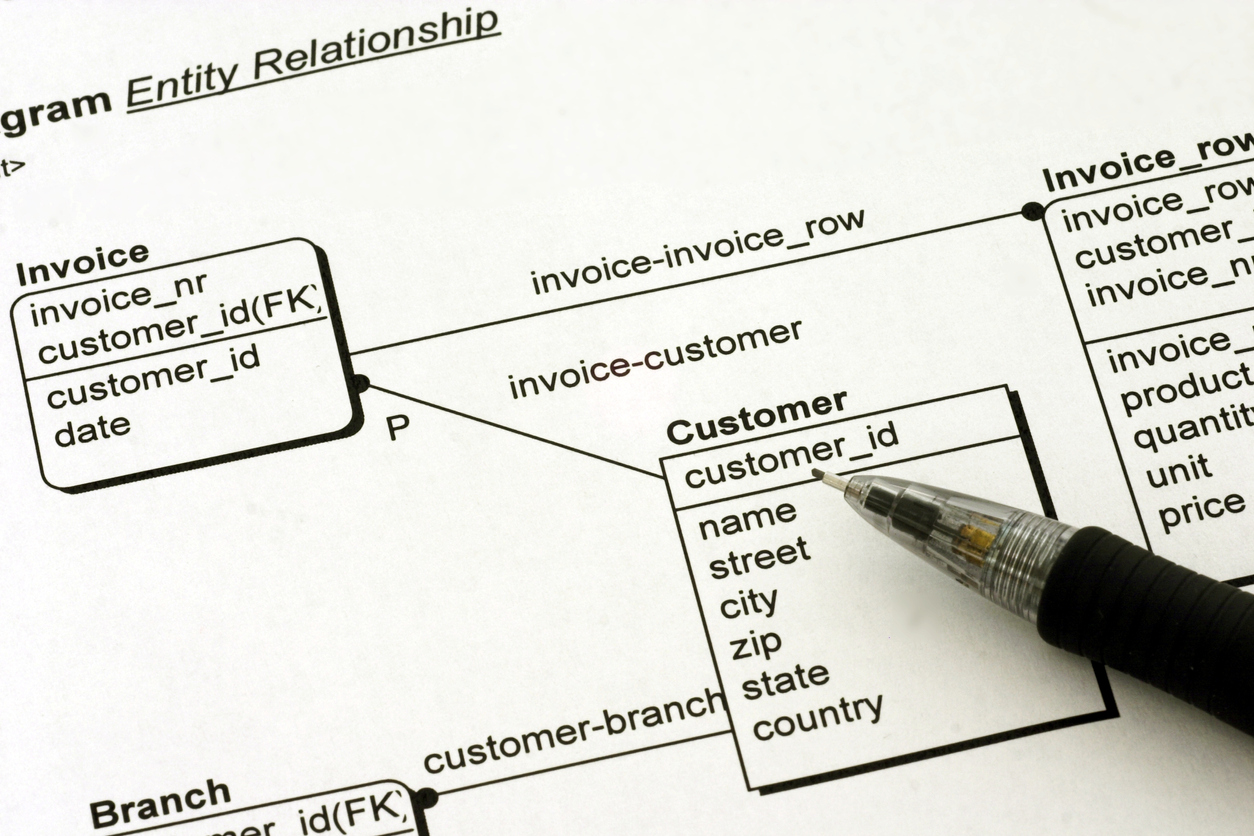Solutions
Enterprise Content ManagementIntro
Destination -> ECM

Topic
Reaching the Enterprise Content Management Destination
There are critical success factors to implementing Enterprise Content Management solutions.
Content Taxonomy
Content Taxonomy is key to finding content quickly. It standardizes the way content is classified and stored in the enterprise content management system. However, Content Taxonomy goes beyond just defining the content’s metadata (e.g. attributes, tags) or the hierarchical folder structure where it resides. Content like other enterprise data entities is also defined by its relationship with other entities. When the Content Taxonomy takes into account the entity relationships of the content and the ECM system is able to enforce and leverage those relationships, there are more opportunities to provide content within the context it is needed.
User Experience
An Enterprise Content Management solution is only as good as the user experience (UX) of interacting with the content by its audience. There is a strong correlation between user adoption and the quality of the UX. A robust UX design takes into account the context in which the content is used. It involves getting a good understanding of the users, their tasks, and their environment. A good UX may include the integration with multiple business applications so that the ECM system can make the right content available from within the context of the applications.
Content Creation
The content life cycle begins with the creation of content. Content can be created using a number of content authoring tools that reside on the desktop or in the cloud. Thus, a robust ECM system needs to have the ability to store and manage a wide range of digital file formats. Content may be generated automatically by an enterprise application, including the ECM system itself. Data collected from a web form or other enterprise systems can be merged into a template to automatically create a document (e.g., customer correspondence, DMV forms). The ECM system may store and manage content that are parts of a larger document like a contract. With the integration of workflow management and collaboration tools, the ECM system can help automatically put the pieces of content together to create the final document.
Capture Process
For any content that is managed in the ECM system, it needs to be captured by the system which not only includes the digital file itself, but all of the its metadata as well. Content may start out to be in paper format, as an email attachment, exported from another system, or part of a batch file. Whatever the case, there needs to be a capture process to bring the content into the ECM system as defined by the Content Taxonomy. If the content is a hard copy, the capture process includes the scanning of the hard copy item into a digital representation and if it needs to contain the text of the hard copy, the digital images will need to go through Optical Character Recognition (OCR). A data extraction step may need to be added to extract information contained in the content. When done manually, the capture process can be time consuming and error prone. So, implementing automation into the capture process can make it more efficient and consistent.
Security
With information security breaches constantly in the headlines and the demands for privacy on the rise, securing content is vital more than ever for organizations. A balance needs to be struck between making content easily accessible to those that require access and locking content away to keep it from falling into the wrong hands. Permissions to content may be role-based, change over time at different stages of the content life cycle, and/or changed by a business event. Permission sets do not only specify who has read access to the content, but they also dictate what functions can be performed by whom on the content and its metadata. Content security may require data encryption at rest and in transit. Redaction of sensitive information within the content may also be needed. The ECM system would need to take into account all of the security requirements and enforce them.
Retention Management
It’s been a long convention to keep all information and not to delete anything. This convention has been applied to content as well. However, there are risks and costs with following this long-outdated tradition. There is the cost of storage and bogging down the system with content that has not been necessary for quite some time. There is the risk of litigation and the cost of discovery. There can be many retention policy rules, some overlapping, that govern over the retention of content. Managing and enforcing those rules have operational costs as well. An ECM system can help with the management of those retention policy rules. When the rules are set up for each content type managed by the ECM system, these rules are automatically applied and enforced, lowering the operational cost and risk of non-compliance.


